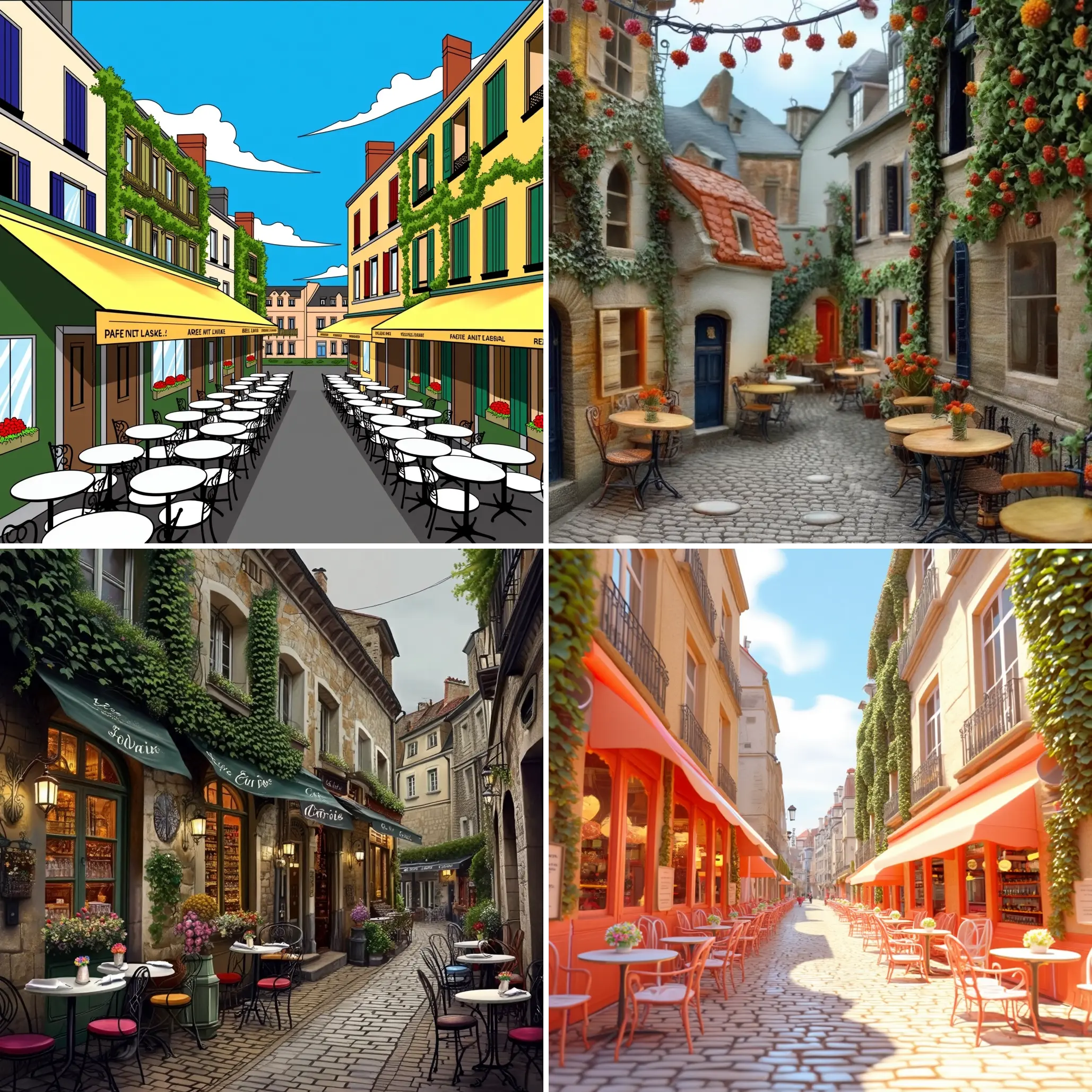ComfyUI Node: DensePose Estimator
DensePosePreprocessor
CategoryControlNet Preprocessors/Faces and Poses Estimators
Fannovel16 (Account age: 3416days) Extension
ComfyUI's ControlNet Auxiliary Preprocessors Latest Updated
2025-03-11 Github Stars
2.84K
How to Install ComfyUI's ControlNet Auxiliary Preprocessors
Install this extension via the ComfyUI Manager by searching for ComfyUI's ControlNet Auxiliary Preprocessors- 1. Click the Manager button in the main menu
- 2. Select Custom Nodes Manager button
- 3. Enter ComfyUI's ControlNet Auxiliary Preprocessors in the search bar
Visit ComfyUI Online for ready-to-use ComfyUI environment
- Free trial available
- 16GB VRAM to 80GB VRAM GPU machines
- 400+ preloaded models/nodes
- Freedom to upload custom models/nodes
- 200+ ready-to-run workflows
- 100% private workspace with up to 200GB storage
- Dedicated Support
DensePose Estimator Description
Facilitates dense human pose estimation using advanced machine learning models for realistic human models in projects.
DensePose Estimator:
The DensePosePreprocessor node is designed to facilitate the estimation of dense human poses from images, providing a detailed mapping of human body parts. This node leverages advanced machine learning models to analyze an input image and generate a dense pose estimation, which can be particularly useful for applications in animation, virtual reality, and augmented reality. By using this node, you can achieve high-quality pose estimations that are essential for creating realistic and dynamic human models in your projects. The node is part of the ControlNet Preprocessors category, specifically tailored for faces and poses estimators, ensuring that it integrates seamlessly with other preprocessing tools in your workflow.
DensePose Estimator Input Parameters:
model
The model parameter specifies the pre-trained model to be used for dense pose estimation. You can choose between densepose_r50_fpn_dl.torchscript and densepose_r101_fpn_dl.torchscript, with the default being densepose_r50_fpn_dl.torchscript. The choice of model can impact the accuracy and performance of the pose estimation, with different models offering varying levels of detail and computational requirements.
cmap
The cmap parameter determines the colormap used for visualizing the dense pose estimation. Available options are Viridis (MagicAnimate) and Parula (CivitAI), with Viridis (MagicAnimate) set as the default. The colormap affects how the results are displayed, making it easier to distinguish between different body parts and enhancing the visual appeal of the output.
resolution
The resolution parameter sets the resolution of the output image, with a default value of 512. This parameter controls the size of the generated dense pose image, influencing both the level of detail and the computational load. Higher resolutions provide more detailed results but require more processing power and time.
DensePose Estimator Output Parameters:
IMAGE
The IMAGE output parameter provides the resulting image with the dense pose estimation overlaid. This output is crucial for visualizing the pose estimation and can be used directly in various applications, such as animation, virtual reality, and augmented reality. The image shows the detailed mapping of human body parts, making it easier to understand and utilize the pose information.
DensePose Estimator Usage Tips:
- To achieve the best results, choose the model that best fits your computational resources and accuracy requirements. The
densepose_r101_fpn_dl.torchscriptmodel may offer higher accuracy but at the cost of increased computational load. - Experiment with different colormaps to find the one that best highlights the features you are interested in. The
Viridis (MagicAnimate)colormap is a good starting point for most applications. - Adjust the resolution parameter based on your needs. Higher resolutions provide more detail but require more processing power. For quick previews, a lower resolution may be sufficient.
DensePose Estimator Common Errors and Solutions:
Error: Model file not found
- Explanation: This error occurs when the specified model file cannot be located.
- Solution: Ensure that the model file name is correct and that the file is located in the expected directory. Verify the file path and try again.
Error: Invalid colormap selection
- Explanation: This error happens when an unsupported colormap is selected.
- Solution: Choose a colormap from the available options:
Viridis (MagicAnimate)orParula (CivitAI).
Error: Resolution too high
- Explanation: This error is triggered when the resolution parameter is set too high, causing excessive computational load.
- Solution: Reduce the resolution parameter to a more manageable value, such as 512, and try again. Adjust incrementally to find the optimal balance between detail and performance.
DensePose Estimator Related Nodes
RunComfy is the premier ComfyUI platform, offering ComfyUI online environment and services, along with ComfyUI workflows featuring stunning visuals. RunComfy also provides AI Playground, enabling artists to harness the latest AI tools to create incredible art.



